Pacific silver fir (PSF)
Pacific silver fir is one of the major tree species in the forests of the Pacific north-west but has received little attention in Britain. Research and experience have demonstrated that it has the potential to be as productive as many of the commonly planted conifers and should be considered for wider use in the wetter, upland areas of the country where Sitka spruce dominates. Its ability to tolerate heavy shade and regenerate under suitable conditions means this is a species suited to continuous cover forestry and forest diversification.
Pacific silver fir is categorised as a secondary tree species. These are species that have demonstrated positive silvicultural characteristics in trial plots but gaps in knowledge constrain wider use. The species are being actively evaluated to increase understanding and inform future deployment.
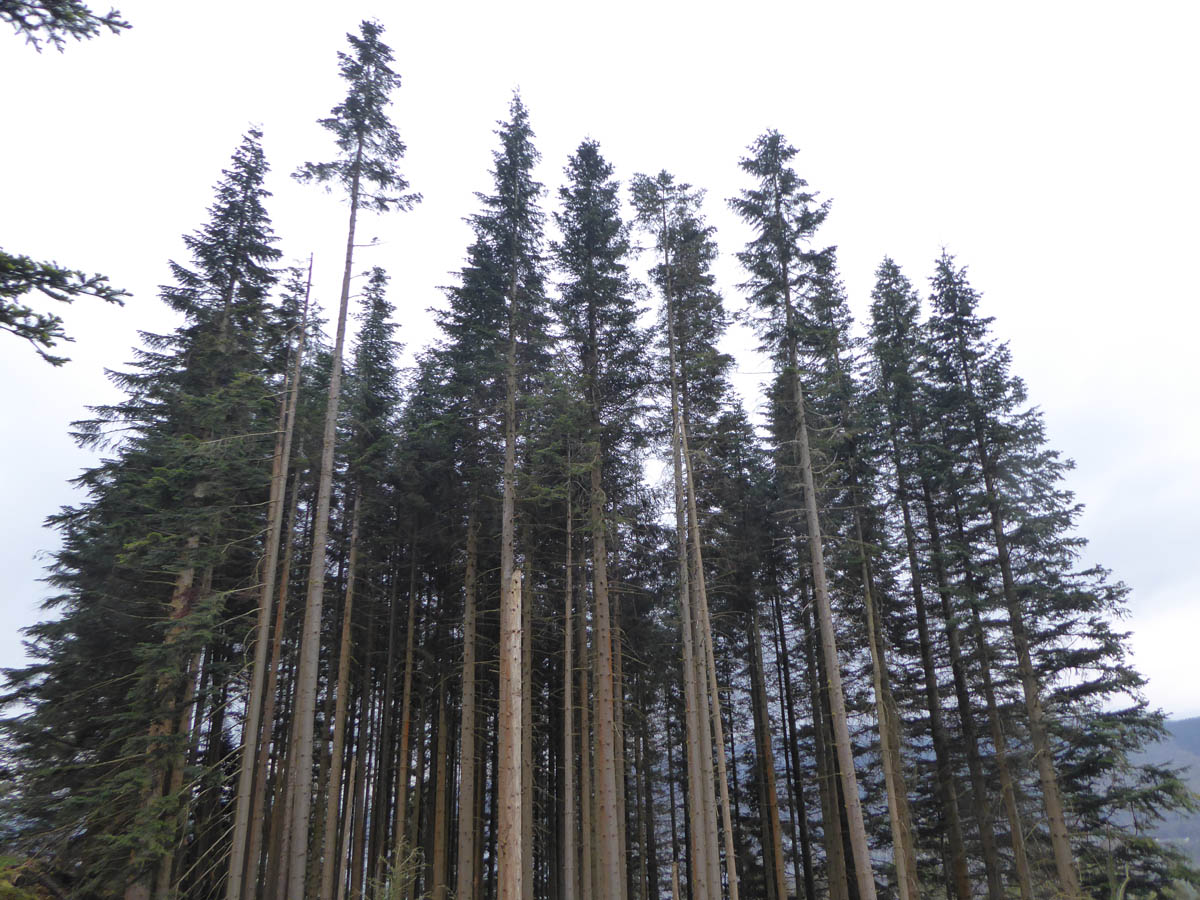
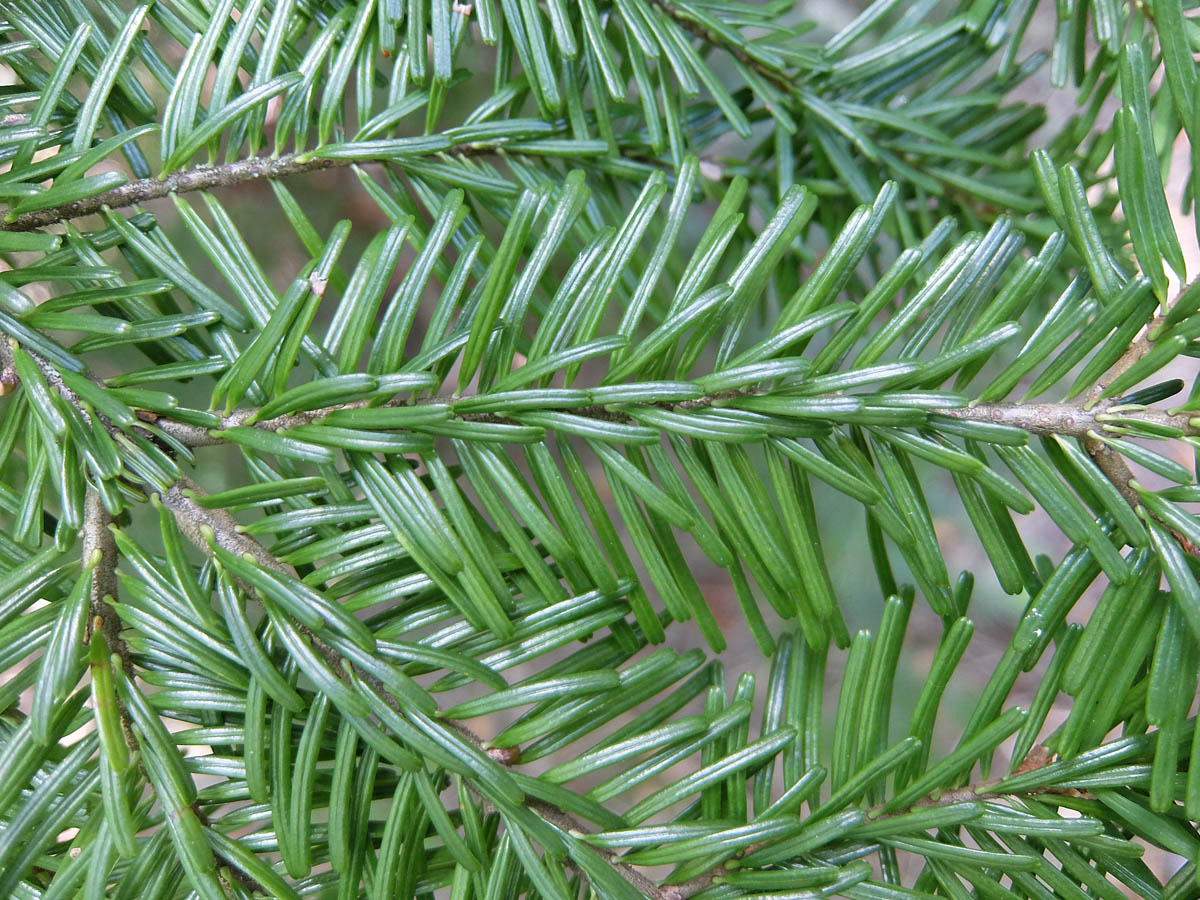
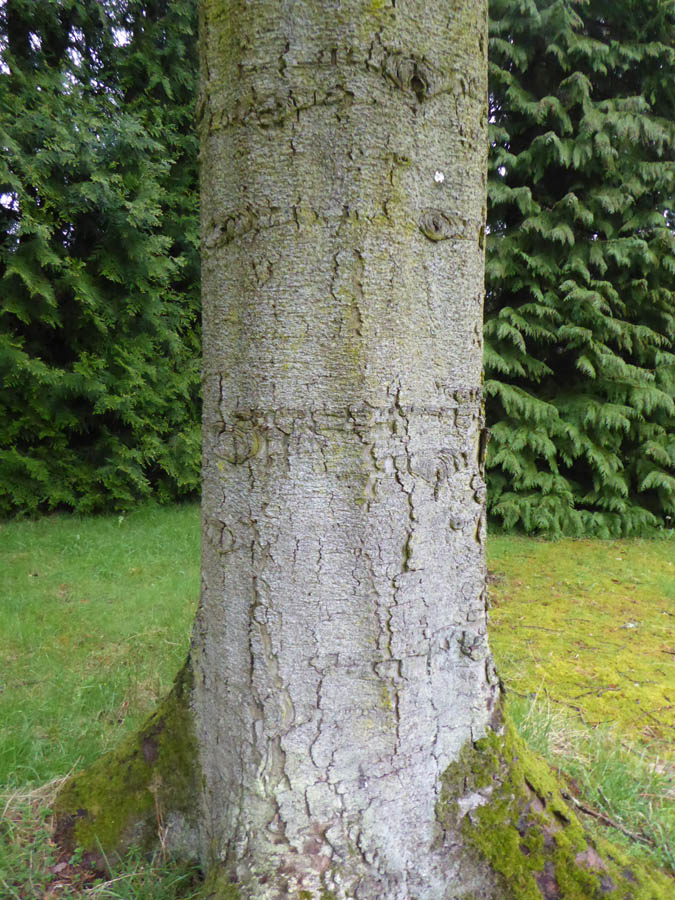
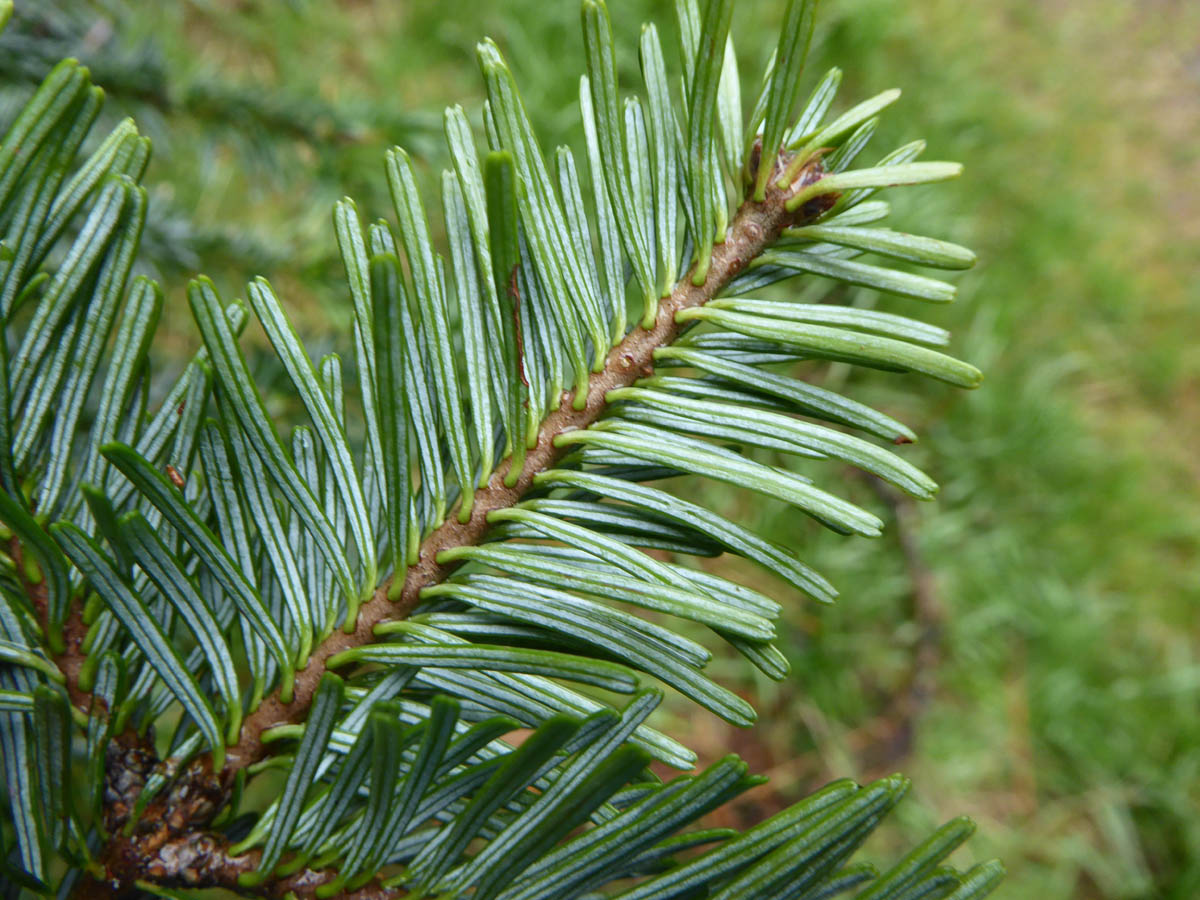
Range
Native to the maritime zones of the Pacific north-west of America: south-east Alaska, western Washington and Oregon, north-west California. Canada: western British Columbia. The major portion of its range lies between latitudes 43° N and 56° N.
Provenance Choice
A recent study of seed origin experiments showed little variation of survival, growth and stem form between different origins. The general recommendation would be seed from its natural range between 46° N and 50° N.
Key Properties
Site Requirements
Pacific silver fir is suited to a cool maritime climate with annual rainfall of >1250 mm well distributed across the year. Cold hardy in Britain but can be vulnerable to late frosts and does not withstand exposure or drought. Grows on soils of poor to rich nutrient status provided these have fresh to moist soil moisture but avoid very poor, very dry or peat soils. Suffers badly from heather competition. The preference is for deep, well-drained soils on cool, moist sites.
Further detail on the site requirements of Pacific silver fir in current and future climates can be examined using the Forest Research Ecological Site Classification Decision Support System (ESC).
ECOLOGICAL SITE CLASSIFICATION TOOL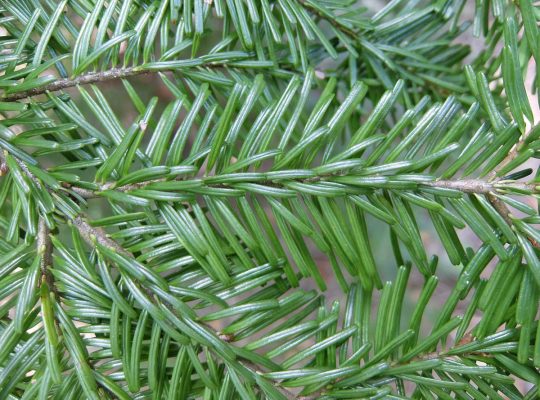
Silviculture
A very shade tolerant species that can regenerate and survive under a canopy for many years until released; a desirable characteristic in its native range where its natural companions can be western hemlock, western red-cedar, mountain hemlock and Nootka cypress along with grand and noble fir.
Very slow early growth similar to other firs and may take 10 years to reach 2 m. Once established it can grow quickly and become a good volume producer. Productivity from British trials would suggest yield classes between 16 and 22+ can be achieved if planted on suitable sites.
Shade tolerance means the species is suited to regeneration, underplanting or group planting as part of continuous cover forestry. The species is best suited to mixed species stands of irregular structure and is not well suited to pure planting on open sites.
Pests and Pathogens
Unlike most of the other firs, Pacific silver fir has been found to be extremely susceptible to Heterobasidion (Fomes root and butt rot). This species is very palatable to deer and other herbivores.
See our other tools and resources
Further Resources
External
In addition to the general sources of information for species the following are useful for Pacific silver fir.
Kerr, G., Stokes, V., Peace, A., Fletcher, A., Samuel, S., Mackintosh, H., and Mason, W, L. (2016) No seed zone effects on the survival, growth, and stem form of Pacific silver fir (Abies amabilis) in Britain. Canadian Journal of Forest Research. 46: 427-436
Mason, W. L. (2012) The Role of True Fir Species in the Silviculture of British Forests: past, present and future. Kastamonu Univ., Journal of Forestry Faculty, Special Issue, 15-26.
USDA 2019, Abies amabilis (Douglas ex D. Don) Lindl., United States Department of Agriculture; Natural Resources Conservation Service, viewed 22 November 2021, https://plants.usda.gov/home/plantProfile?symbol=ABAM
Wilson, Scott McG. (2011) Using alternative conifers for productive forestry in Scotland. Forestry Commission Scotland, Edinburgh.




